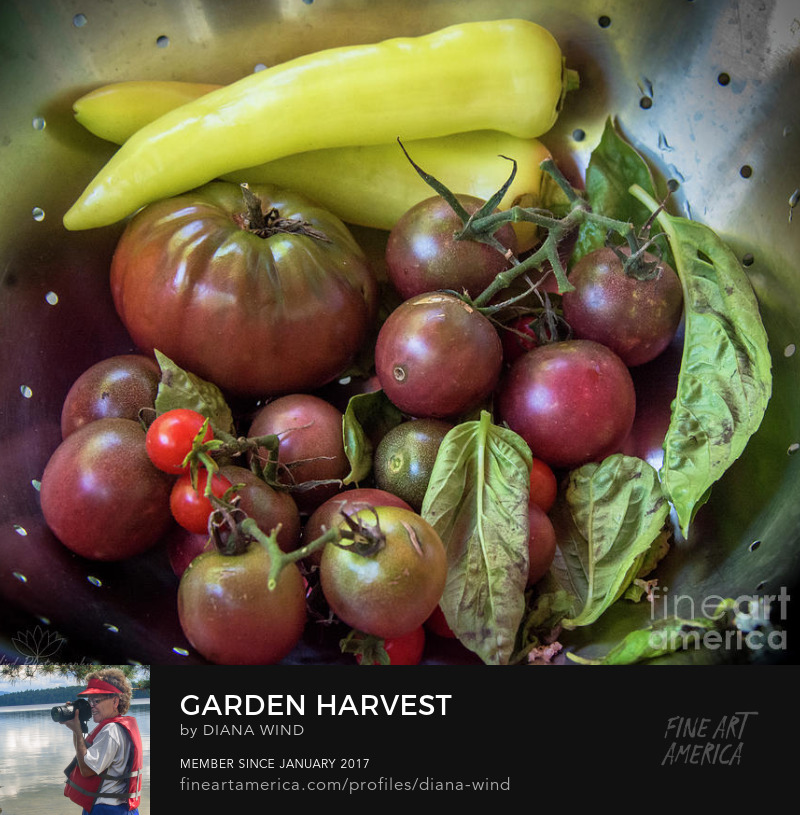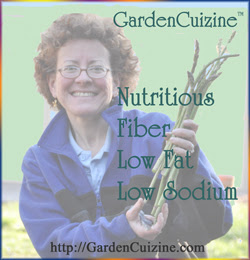
Understanding Percent Daily Values
(%DV) on Food Labels
Why are Percent Daily Values on food labels? Nutrition Facts Labels contain a list of Percent Daily Values (%DV) to aide consumers (us) in comparing and interpreting the level of nutrition content in the food.
Percent Daily Value is a measurement between 0 and 100%, based on a 2,000 calorie a day intake by adults and children age 4, and older. A total daily nutrient intake of 100% represents the highest limit recommended by public health experts for the foods total fat, sodium, carbohydrates, and certain vitamins and minerals.
Food labels include %DV to assist us in comparing and interpreting the level of nutrition content in the food. Values can be low, good or high.
- Daily Values less than 5% are considered 'LOW'.
- Daily Values between 10 and 19% indicate a 'GOOD' source of the nutrient.
- Daily Values greater than 20% indicate the food is an 'EXCELLENT' source, or in the case of cholesterol, sodium, and fat -- a 'HIGH' source.
Reading the Label
Referring to the candy bar label shown above: The product label indicates 10g of saturated fat with a %DV of 50% for a serving size of 45 grams (3 bite size squares). 50% is well above 20%, meaning the product has a 'high' amount of saturated fat.
A %DV of 50% means you would receive half of the saturated fat suggested for the entire day! Obviously, limited consumption of this product would be recommended, since it is high in saturated fat. Some products are not so obvious as to what they may contain, making the nutrition facts label a real help.
Your Caloric Needs are Unique
Allow for some adjustments based on your age, sex, weight and activity level from the 2,000 calories a day that the DVs are based on. Caloric energy needs vary with each individual; yours may be higher or lower than 2,000 calories a day.
Food Labels~ A Useful Reference
Food labels are meant to be used as reference guide for you, your family and friends as an aide in selecting products better for optimum health.
Prudent food selections based on label reading, along with portion control and daily physical activity, will greatly benefit you and your family's health and well being. For more information on how to read Nutrition Facts Labels on product packaging, see the related links posted below.
%DV does not pertain to infants or children under four years old. Pregnant, lactating women and persons with metabolic disorders and disease may have different nutrient needs as well; consulting with a licensed medical Doctor and Registered Dietitian is recommended.
Related Links:
Reading Food Nutrition Labels
Interactive Nutrition Facts Label
The New Nutrition Facts Label Copyright © 2009 wind rev 08/22/2021





































